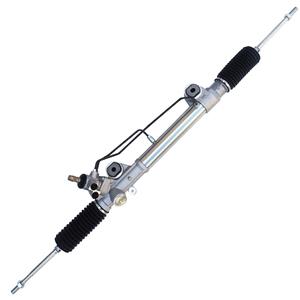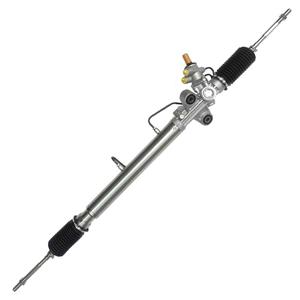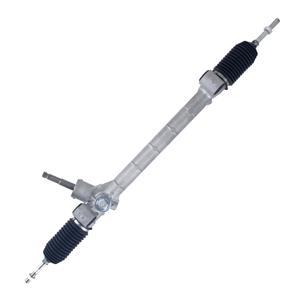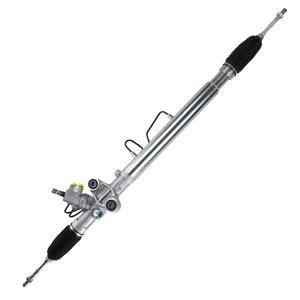-
The cost components of replacing a hydraulic power steering rack are: 1. Parts cost 2. Labor cost 3. Diagnostic cost 4. Other additional costs 5. Additional costs In some cases, if the damage to the hydraulic power steering rack is caused by other system problems, such as steering pump failure, hydraulic line leakage, etc., these related parts may need to be repaired, thereby increasing the overall repair cost.
-
The hydraulic power steering system (HPS) is mainly composed of a power steering pump, hydraulic pipelines, steering rack, and steering cylinder. The core idea is to generate hydraulic oil pressure through a hydraulic pump and transmit this pressure to the hydraulic cylinder in the steering rack to provide steering assistance.
-
2012-2024
Is the hydraulic power steering rack of a B-class car more expensive than that of an A-class car?
From the perspective of manufacturing cost, the hydraulic power steering rack of a B-class car may indeed be more expensive than that of an A-class car, mainly because of its complex design, better materials, and more sophisticated manufacturing process.
-
The reasons for stiff power steering are: 1. Insufficient or leaking hydraulic steering oil 2. Power steering pump failure 3. Steering rack wear or damage 4. Hydraulic oil quality problems 5. Belt problems 6. Air entering the hydraulic system 7. Tire problems
-
1612-2024
How can I make my power steering softer?
If your vehicle is equipped with a hydraulic power steering system, the condition of the hydraulic oil is crucial. Over time, the hydraulic oil may become dirty, lose viscosity, or even bubble, resulting in a decrease in the efficiency of the steering system. Therefore, regularly checking the quality of the hydraulic oil is the key to maintaining soft steering.
-
The most common way to drive the power steering pump is through the engine's belt system. Traditional hydraulic power steering pumps are usually driven by the engine's belt. The engine belt is connected to the crankshaft of the engine. As the engine runs, the belt drives the shaft of the power steering pump to rotate, so that the pump works.
-
The manual steering system relies entirely on mechanical transmission, and there is no power steering device in the system. The steering force is directly applied by the driver and transmitted to the wheels, so there is no need for a power steering pump.
-
In summary, the most efficient steering system should be the electric power steering system (EPS). This is because it performs well in energy efficiency, response speed and driving experience.
-
Whether it is a hydraulic power steering system or an electric power steering system, wear of mechanical parts is inevitable. This type of wear usually starts to show up around 100,000 miles, but it also depends on driving habits and road conditions.




